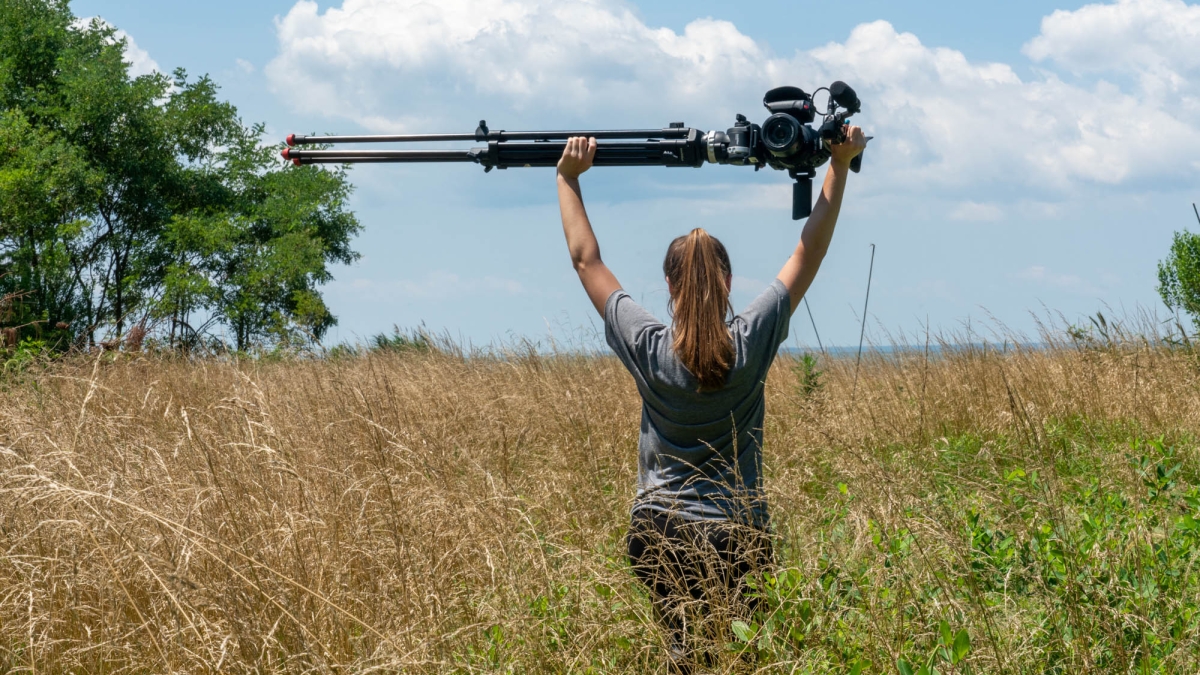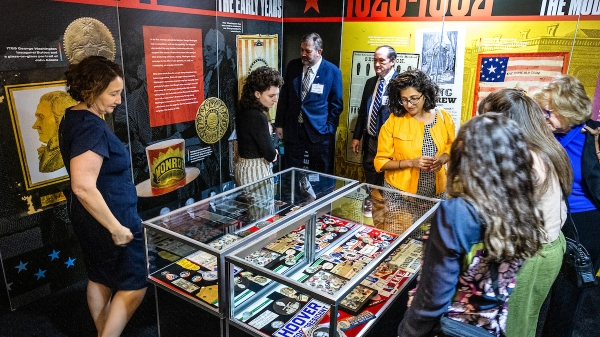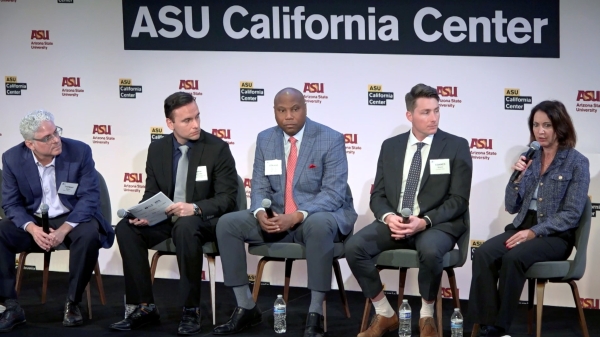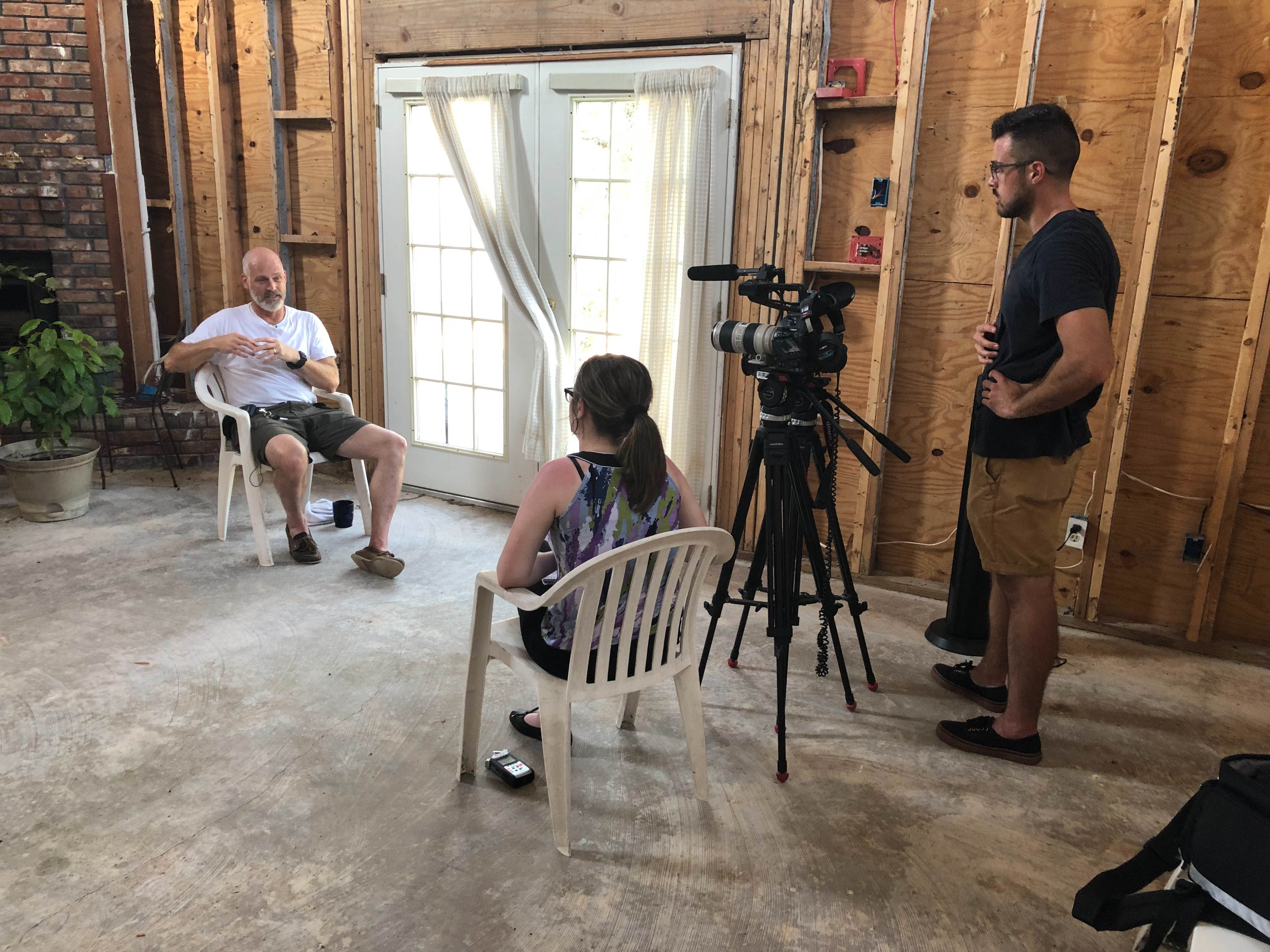News21 journalism students from 19 universities investigate disaster recovery

The Carnegie-Knight News21 program, a national multi-university reporting initiative headquartered at Arizona State University’s Walter Cronkite School of Journalism and Mass Communication, released a major multimedia investigation Aug. 13 about disaster recovery in the United States.
Thirty-seven journalism students from 19 universities traveled to 25 states, Puerto Rico and the U.S. Virgin Islands, conducting hundreds of interviews and reviewing thousands of pages of government documents, data and state and federal statutes for “State of Emergency.”
“This deeply reported project brought to the forefront the lasting and troubling consequences of natural disasters and recovery, particularly for people living in remote, impoverished and storm-prone communities,” said News21 Executive Editor Jacquee Petchel, a Pulitzer Prize-winning investigative journalist. “What we found were thousands of people still coping with the aftermath, months and even years after the fact.”
While hurricanes Katrina, Sandy, Harvey and Maria were each a disaster of shattering magnitude, there are hundreds of smaller disasters that garner only a fraction of the national attention and billions of federal dollars. A News21 analysis of Federal Emergency Management Agency data over the past two decades shows that small disasters accounted for more than 60% of all federally declared disasters between 2003 and 2018. Yet they received at least $57.8 billion less in public assistance from FEMA.
The federal government also provided less individual assistance to survivors in communities with smaller disasters. Since 1999, 651 declared disasters did not receive individual assistance.
In addition, the investigation found that even though federal fire-suppression costs quadrupled since 1989, damage caused by wildfires has increased fivefold.
Wildfires over the past decade also have resulted in more than $52 billion in insured losses across the country. Nearly 49,000 structures have burned across the U.S. since 2014, according to the National Interagency Fire Center. That’s more lost structures than in the previous 14 years combined.
The News21 “State of Emergency” project includes 16 digital stories, portraits of more than 50 survivors, and four half-hour documentaries on hurricanes, wildfires, tornadoes and flooding. The fellows also produced a five-episode podcast following a disaster from the moment a storm hit through the long recovery process.
The project can be found at stateofemergency.news21.com.
“The News21 student journalists produced a well-documented word, audio and visual portrait of the current state emergency in America,” Petchel said. “They traveled thousands of miles, capturing the stories, voices and faces of victims of disasters, first responders and everyday citizens who stepped up and handled whatever nature threw their way.”
Natalie Anderson and Jake Goodrick talk to Morgan “Ted” Mahoney of Lynn Haven, Florida, who is in the midst of legal trouble with his contractor while recovering his home eight months after Hurricane Michael. Photo by Peter Nicieja/News21
The investigation will be published by major media organizations across the country. Previous News21 stories have been published by USA Today, The Washington Post, ProPublica and Center for Public Integrity, in addition to dozens of regional and local news outlets.
Work on the project started in January 2019 with a seminar on issues surrounding natural disasters taught by Petchel. Students heard from experts on the topic, analyzed data, researched topics and conducted interviews across the country.
Molly Duerig, one of 14 Cronkite students who were part of the project, reported on this year’s historic Midwest floods and then traveled to Puerto Rico for a story about Hurricane Maria’s lasting impact on young people. She also co-wrote an investigative story on the electric power grid in the U.S. and storms that cause power outages.
“We heard so many stories about people who were able to adapt and rebuild after facing loss and destruction in their communities,” Duerig said. “News21 has been one of the most rewarding experiences of my life.”
(Photos and names of the fellows and their home states are available on the website, or upon request)
Top photo: News21 Fellow Jordan Elder carries camera equipment to a graveyard that's falling into the Chesapeake Bay. Photo by Jordan Laird
More Law, journalism and politics

Exhibit uses rare memorabilia to illustrate evolution of US presidential campaigns
After one of the most contentious elections in history, a new museum exhibit offers a historical perspective on the centuries-old American process.“We The People! Electing the American President” had…

TechTainment conference explores the crossroads of law, technology, entertainment
What protections do writers, actors, producers and others have from AI? Will changing laws around name, image and likeness (NIL) eliminate less lucrative college sports programs?And what does…

How to watch an election
Every election night, adrenaline pumps through newsrooms across the country as journalists take the pulse of democracy. We gathered three veteran reporters — each of them faculty at the Walter…
